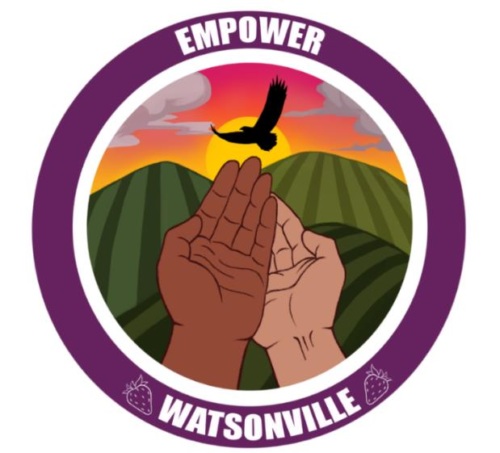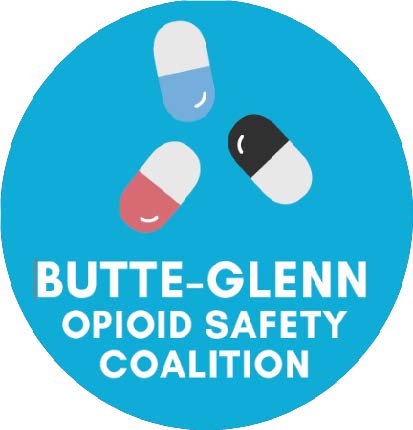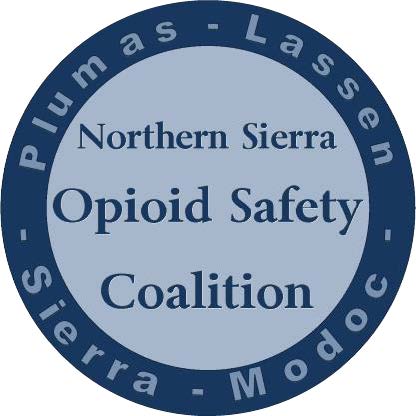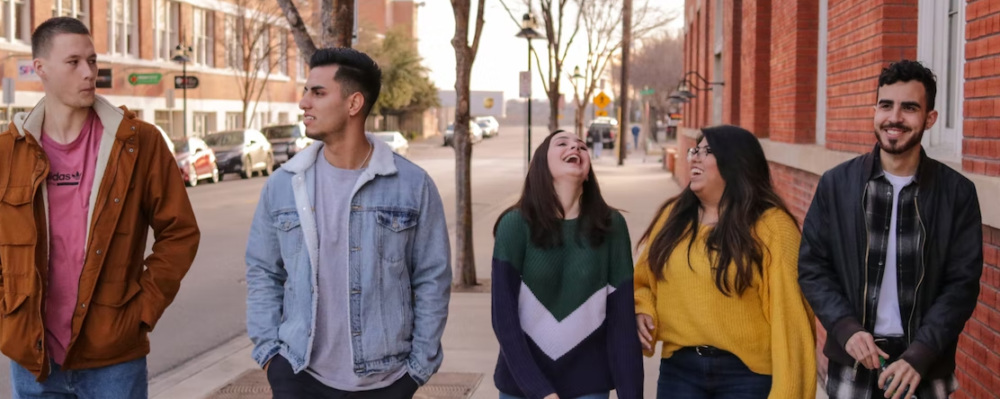
Case Studies & Best Practices: Strategies to Reduce Youth Overdoses
-
Focus Areas
Capacity Building & Leadership, Women, Youth & Children -
Expertise
Leadership Development -
Programs
Center for Health Leadership and Impact -
Strategic Initiatives
Opioids

In 2022, communities across California developed innovative strategies in harm reduction and youth engagement. These case studies from PHI’s California Overdose Prevention Network (COPN) contain concrete examples of data-driven strategies that address rising rates of overdose among youth.
Case studies were drawn from overdose prevention coalitions participating in the California Overdose Prevention Network Accelerator 3.0 Program. These can serve as models for other coalitions and organizations across the country.
- Case Studies: Four Data Driven Strategies to Engage Youth in Overdose Prevention
- Case Studies: Four Data Driven Harm Reduction Strategies in Overdose Prevention
- Factsheet: Supporting Coalitions in Harm Reduction Services & Approaches for Youth
See the case studies and key highlights:
Four Data Driven Strategies to Engage Youth in Overdose Prevention
This summary of case studies includes:
- Empower Watsonville created a point-in-time survey to anonymously survey and assess local youth’s experiences with substance use. Youth administered the survey to their peers and therefore received a high response rate. They are using the findings to help establish a restorative policy for students who possess drugs or are intoxicated on a school campus.
- The Central Coast Regional Team adopted a parent toolkit to better facilitate conversations about youth substance use within their communities. They operated a massive mailing campaign to send a printed version of the booklet, in both English and Spanish, to every parent of an incoming 9th grader in their region.
- SafeRx Lake County used a combination of data sources and strategies including overdose hotspotting and survey data to drive their work. Their data helped them better understand and describe the scope of the problem and build a strong case for more appropriate policies in a predominantly conservative political environment.
- Safe Rx Mendocino Opioid Safety Coalition implemented a harm reduction curriculum for youth. This resource will be taught and distributed throughout schools, drop-in centers and family resource centers.

We prioritized fostering youth-to-youth relationships, where youth could express their concerns, voice their needs, and share their experiences. Additionally, the data from our survey has been foundational to gathering data in our community and has given us leverage to introduce substance use concerns in our community.Esme Vargas
Empower Watsonville
Using data-driven strategies increased partnerships and trust among the education sector, validified our work, and made it possible for us to respond to community-youth focused needs.Rita Hewitt
Empower Watsonville
The shock and awe from the data and the pressing need to work hard and quickly to stay ahead of the tragic overdoses has been key in our work.Kim Tangermann
SafeRx Lake County
Four Data Driven Harm Reduction Strategies in Overdose Prevention
This summary of case studies includes:
- The Butte Glenn Opioid Safety Coalition successfully launched a naloxone upon release program and has strengthened partnerships with their local jails.
- The Northern Sierra Opioid Safety Coalition developed an anti-stigma campaign called Addiction has a Face. The coalition also increased access to harm reduction supplies using vending machines and has shared their operations manual for other communities looking to implement a similar model.
- The Santa Clara County Opioid Overdose Prevention Project implemented naloxone vending machines at Santa Clara University and the local jail to allow individuals to access Narcan and information without fear of judgement, stigma, or recognition. These vending machines provide low-barrier access to health products to Santa Clara County residents.
- The SLO Opioid Safety Coalition collaborated with the Cal Poly Digital Transformation Hub (DxHub) and a team of university students to develop Naloxone Now! so members can find the nearest location to get naloxone or have it delivered at no cost. The coalition also created a billboard and outreach campaign to promote community awareness of increasing overdoses and the availability of naloxone through the app.

Sharing our data with other networks and stakeholders has been key to true policy shifts and changes throughout our communities. We realized the rates of certain populations were less than we thought, and that we would have created more stereotypes and stigma had we put our focus there.Monica Soderstrum
Butte-Glenn Opioid Safety Coalition

Our coalition used key informant interviews and public opinion polls during the data collection and analysis phase of the COPN Accelerator 3.0 Program. By doing so, we discovered that there is a disconnect between key decision makers and the public.Kate Manganaro
Northern Sierra Opioid Saftey Coalition
Our data shows who is affected by the overdose epidemic in our county, reveals trends and associated responses that need to be changed, and allows for a review of what is working and what changes need to be made.Mike Torres
Northern Sierra Opioid Saftey Coalition
Supporting Coalitions in Harm Reduction Services & Approaches for Youth
The National Harm Reduction Coalition (NHRC) worked with PHI’s California Overdose Prevention Network (COPN) funded multi-sector coalitions throughout the state in 2022 and focused on supporting coalitions in harm reduction services and approaches for youth. This handout contains key highlights from the COPN Accelerator 3.0 Program of coalitions working NHRC and implementing harm reduction services for youth.
Lessons Learned
In multiple communities, overdose deaths of young people ages 12-20 were motivating factors to seek out harm reduction education.
- Lack of Understanding
- In multiple communities, coalition members did not have a true understanding or grasp on youth drug use, so involving youth or youth-led organizations could provide key stakeholders and experts to enhance and expand this work.
- Punishment vs. Education
- Drug education for young people has historically been punitive and relied on strict, unexplained prohibition of drugs which only stigmatizes students and denies them access to honest lifesaving information.
- Include Parents & Teachers
- Harm reduction for youth inherently involves working with parents, teachers, and other adults that engage with young people.
- Build Relationships with Schools
- Coalitions that built relationships with schools were able to embed more into sustainable structures of education. Coalitions were successful in implementing naloxone training for teachers and bringing in consultants to
create curricula.
- Coalitions that built relationships with schools were able to embed more into sustainable structures of education. Coalitions were successful in implementing naloxone training for teachers and bringing in consultants to
Best Practices
There are some best practices that are very similar to how we support adults around substance use, but our own fears can trip us up in implementing them with young people.
- Understand the Why
- If someone is using drugs on a regular basis, especially a young person, understand why they want to alter their reality and try to understand what needs the drugs may be filling; stay curious and avoid using shame because that often pushes young people further from accurate information, connection, and safety.
- Provide Accurate Information
- If someone is curious about drugs, especially a young person, give them accurate information about the effects (both positive and negative), potential risks, and ways to stay safe and reduce harm if they do decide to use drugs.
- Don’t Use Fear
- Be careful not to perpetuate fear-based messaging or misinformation about fentanyl or any other drug. We want young people to feel safe and empowered when talking about drug use with parents and other adults.
- Give Naloxone
- It is essential to give naloxone directly to people who are at risk for overdose, including young people.
Work With Us
You change the world. We do the rest. Explore fiscal sponsorship at PHI.
Support Us
Together, we can accelerate our response to public health’s most critical issues.
Find Employment
Begin your career at the Public Health Institute.


